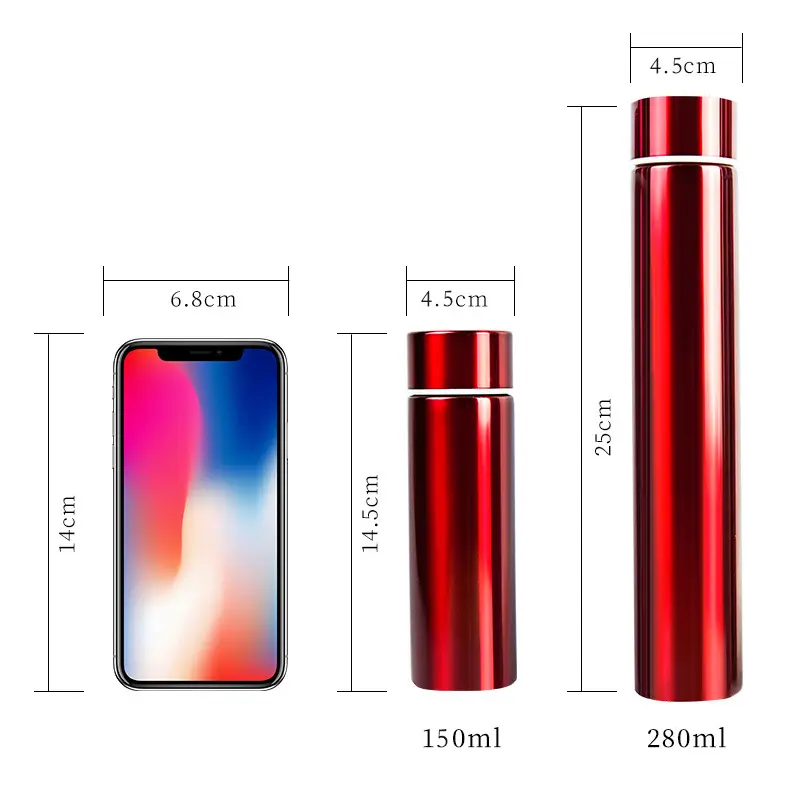Have you chosen the right thermos cup?
A recent investigation found that somethermos cupson the market have shoddy quality problems. What? Less effective? Quality problem? No, No, No, the thermal insulation is almost tolerable, but the problem of excessive heavy metals becomes a big problem.
Stainless steel materials for thermos cups are usually divided into three types: 201, 304, 316

201 stainless steel, "Li Gui" who is good at disguise
Most of the unqualified thermos cups use 201 stainless steel as the inner tank. 201 stainless steel has high manganese content and poor corrosion resistance. Long-term storage of acidic substances may cause the precipitation of manganese elements. Metal manganese is an essential trace element for the human body, but excessive intake can damage the nervous system.
304 stainless steel, the real material is very "resistant"
When stainless steel comes into contact with food, the safety hazard is mainly the migration of heavy metals. Therefore, stainless steel materials in contact with food must be food grade. The most commonly used food-grade stainless steel is 304 stainless steel, which has better corrosion resistance and contains 18% chromium and 8% nickel. However, merchants will mark stainless steel products with the word 304 in a prominent position, but the marking of 304 does not mean that it meets the requirements for food contact use.

316 stainless steel, aristocratic origin is not stained by the "mundane world"
304 stainless steel is relatively acid-resistant, but it is still prone to pitting corrosion when encountering substances containing chloride ions, such as salt solutions. And 316 stainless steel is an advanced version: it adds metal molybdenum on the basis of 304 stainless steel, and its corrosion resistance is even better. However, the cost of 316 stainless steel is relatively high, and it is mostly used in high-precision fields such as medical and chemical industries.
There are hidden dangers. I soaked things I shouldn’t have soaked.
Some common things in daily life cannot be soaked in a thermos cup.

01
Tea
Making tea in a stainless steel thermos cup will not cause metal chromium migration, nor will it cause corrosion to the stainless steel material itself. But even so, it is not recommended to use a thermos cup to make tea. This is because tea is usually suitable for brewing. Long-term hot water soaking will destroy the vitamins in the tea and reduce the flavor and taste of the tea.
02
Carbonated drinks and juices
Carbonated drinks, fruit juices, and some traditional Chinese medicines are mostly acidic and will not cause heavy metal migration if placed in a thermos cup for a short period of time. However, the composition of these liquids is complex, and some are highly acidic. Long-term contact may cause corrosion to stainless steel. When using a thermos cup to hold carbonated drinks and other gas-producing liquids, avoid violent shaking to avoid a sharp increase in pressure inside the cup.
03
Milk and soy milk
Milk and soy milk are both high-protein drinks and are prone to spoilage if kept warm for a long time. In addition, the protein in milk and soy milk can easily adhere to the wall of the cup, making cleaning difficult.











